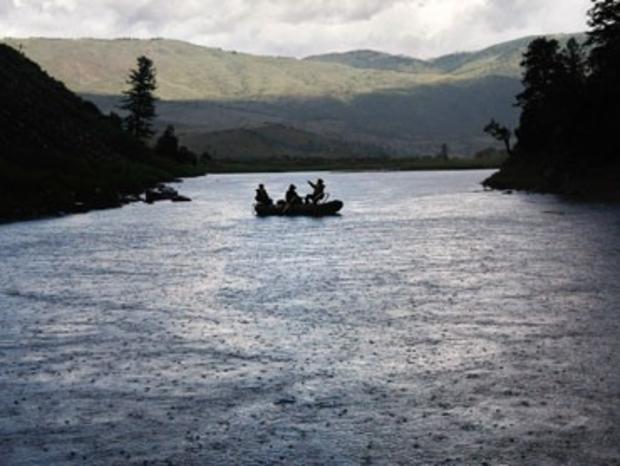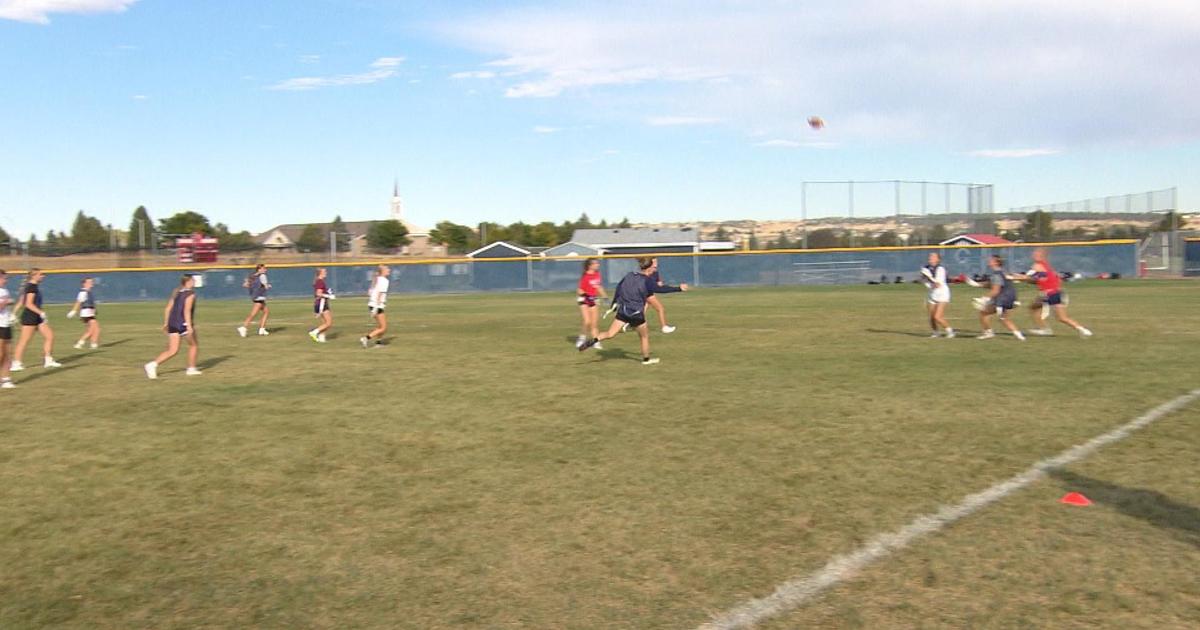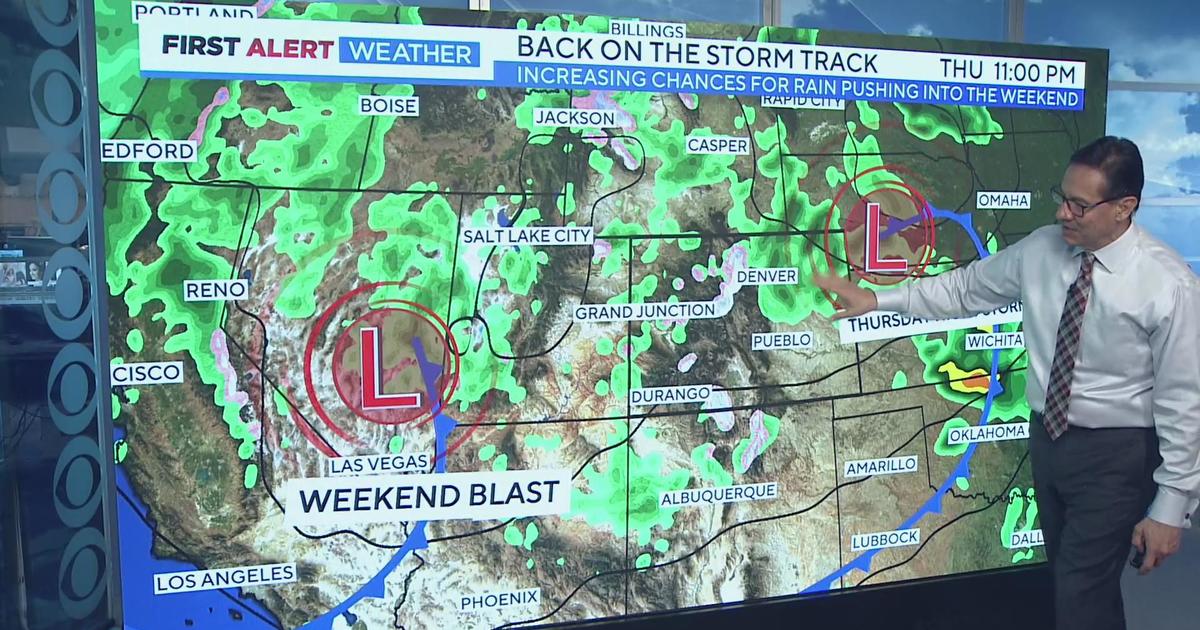With Future Uncertain, Colorado Shields Its Water
DENVER (AP) - With demand increasing across the West, Colorado is drawing up a strategy to keep some of the trillions of gallons of water that gushes out of the Rocky Mountains every spring - most of which flows downstream to drought-stricken California, Arizona, Nevada and Mexico.
Colorado wants to ensure its farms, wildlife and rapidly growing cities have enough water in the decades to come. It's pledging to provide downstream states every gallon they're legally entitled to, but not a drop more.
"If anybody thought we were going to roll over and say, 'OK, California, you're in a really bad drought, you get to use the water that we were going to use,' they're mistaken," said James Eklund, director of the Colorado Water Conservation Board, which wrote the draft after a series of public meetings.
Eklund's insistence on Colorado's water rights drew diplomatic responses from his colleagues in other states on the eve of a Las Vegas meeting of water managers. The managers, from seven states, are working on ways to ensure 40 million people in the parched Colorado River basin don't go thirsty.
"California has not sought any Colorado River water beyond its entitlement and has no intention of doing so," said Jeff Kightlinger, general manager of the Metropolitan Water District of Southern California. He referred to the Colorado River Compact of 1922 that covers water allocations to Colorado, California, New Mexico, Wyoming, Utah, Arizona and Nevada.
"Arizona has the same interest" as Colorado in ensuring its supply is protected, said Michael J. Lacey, director of the Arizona Department of Water Resources. "I am not sure we will express it as pointedly as that," Lacey said of Eklund's remarks.
With drought making cooperation more important, members of the Colorado River Water Users Association deny there's discord at their table.
The Colorado plan is being submitted to Gov. John Hickenlooper on Wednesday. A final version is expected in late 2015 and will propose legislation.
Nearly 4.6 trillion gallons of water originates in Colorado every year, mostly from prodigious snowstorms high in the Rockies. Two-thirds of it belongs to users in downstream states, including California, under a collection of interstate agreements and court rulings.
The other third is available to Colorado users under a system of water rights, which are considered property that can be bought and sold.
Colorado suffered through its own devastating drought in 2002-03, an event that prompted the state to take a close look at how its water is distributed and how it could be used better.
That process led to the new plan, which addresses several major issues. Colorado's cities will need more water as the population grows from 5.5 million today to a projected 8 million to 9 million by 2050. Irrigated agricultural land is drying up at an alarming rate as cities buy out farmers to get their water. And the state's key recreational economy and its environment need to water in streams and lakes to survive.
The 1922 compact and agreements with Mexico today promise about 16.5 million acre-feet of water annually from a river that has historically taken in about 15 million acre-feet from rainfall and snowmelt. That amount has diminished during drought. One acre-foot of water is about enough to serve two average households for a year.
Colorado's plan takes no position on one of the state's most historically contentious issues: The century-old practice of pumping water from west of the Continental Divide to the populous but drier eastern side. The 163 billion gallons shipped through the divide each year is a major source for the urban Front Range corridor, including Denver.
It does say conservation and recycling should be considered before any more giant pipeline projects.
"All of the easy projects, those that are anywhere near the Front Range, those are already built," said Eric Kuhn, general manager of the Colorado River District, which guides Colorado River use in western Colorado. "My concern is we take a realistic look at the Colorado River as a new supply for the Front Range."
Jim Lochhead, CEO and manager of Denver Water, the state's largest municipal utility, said new transmountain projects shouldn't be ruled out.
"It's really going to have to be an all-of-the-above approach if we're going to do that right," he said.
LINK: Colorado's Water Plan Draft
- By Dan Elliott, AP Writer
Associated Press writers Jacques Billeaud in Phoenix and Ken Ritter in Las Vegas contributed to this report.
(© Copyright 2014 The Associated Press. All Rights Reserved. This material may not be published, broadcast, rewritten or redistributed.)




